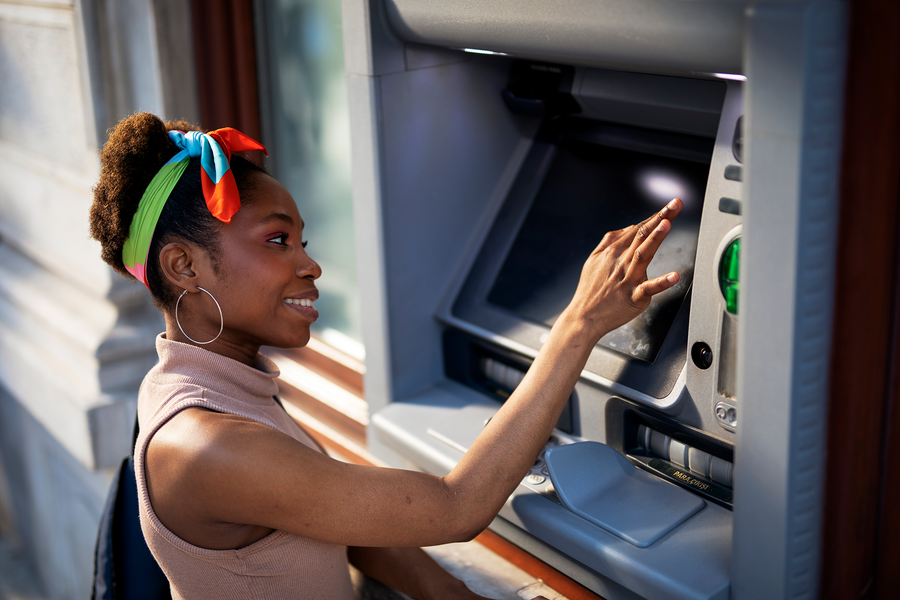Climate change is having an impact on all of us. Central banks and governments have recognized the need for collective, sustainable action on this front. As an example, the European Central Bank (ECB) defines three strategic objectives in its climate agenda.1 These include promoting a sustainable financial sector, and creating incentives for the establishment of a greener finance system. The G7 nations have also identified the environmental impact of central bank digital currencies, also known as “digital cash,” as being a fundamental consideration.2
However, no clear, standardized designs for CBDCs have been put in place yet. As a result, the associated influencing factors on their CO2 footprint cannot be reliably assessed, which makes it difficult to compare them with existing payment methods. It is likely, though, that the CO2 footprint of CBDC payments will be similar to that of credit and debit card payments, which is significantly smaller than that of cryptocurrencies.




